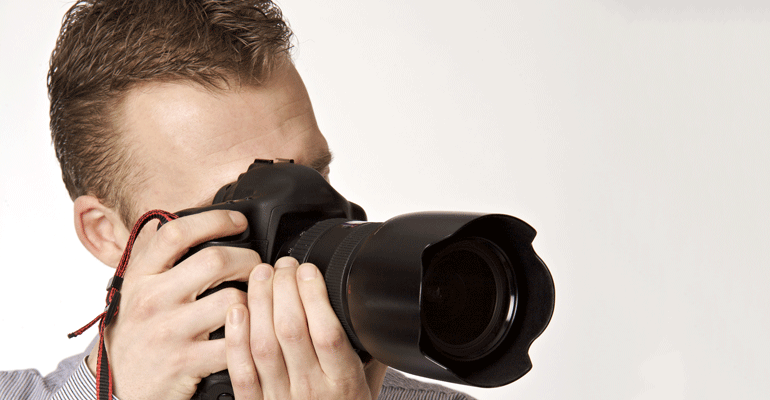If you fail to apply these tips you’re going to find yourself in a situation where you’ve captured the perfect moment and the image is blurry and unusable.
As a matter of fact if you’ve been shooting for a while now odds are this has already happened to you. My passion for digital photography really took off when my wife and I had our first child. Documenting that first year of his life was ultra important to me.
Taking photos of a baby or a toddler is not an easy task. When they’re constantly moving around it’s sometimes impossible to use a tripod, or even a monopod. And yet, no-ones likes to see blurry photos of kids – or should I say no-one likes blurry photos, period.
GO TO THE NEXT PAGE FOR THE ARTICLE
The following article will give you great tips on how you can reduce or completely eliminate blurriness caused by camera shake.
Pages: 1 2


Okay
Buy a sony
Was hoping to learn something new, but found the same tried and true tips I have been using for the last 40 years. Just goes to show you, what works best is what has worked for years. Excellent Article.
Nice 🙂
Excellent advice. I practice some of them when shooting. Not always you can carry a tripod and in some othe places they are not allowed. Thanks
I like to use a Manfrotto monopod, for extra stability, when a tripod is not in use. I like to shoot medium format, with a pentax, when possible. When not possible, I use full frame Nikon. Photo is a crop of a pix taken a few days ago, through a tree that blocked the view.
Comment to Frederick Mullis. Optics do not change and light capture has physical laws that do not change, so the old laws are still the same, but the technology is better. I use the histogram when I need to check if it is doing what I want, which is really nice. A camera should not have 40 buttons/dials, but it does. It took me hours to read the manual for my medium format camera so I could do things like turn off the multi sensor spots for AF, and now have 3 with center focus only. White balance tuning/dialing is a pain, when all you should have to do is take a photo of a piece of white paper. I have to make camera settings to ensure my old glass lenses would work in manual focus with mirror lock-up, but with all the tweaks, I love the results, and shoot in manual, aperture or shutter priority 90%. Synking the flash timing and remote control shooting with a tripod, after setup and new bells and whistles compliment the basics and give me freedom. In studio I use the remote while the big camera is in a fixed position, and shoot at the same time, with my Nikon full frame hand held, giving me the best twice.
Basically the same advice for all 7!!! Really?!